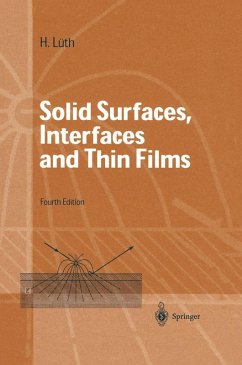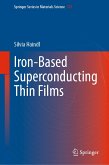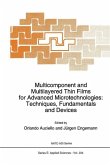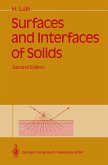Surface physics in the classical sense of ultrahigh vacuum (UHV) based - perimental approaches to understand well-de?ned surfaces has now become a mature branch of condensed matter research. Meanwhile, however, the th- retical concepts and experimental techniques developed in this ?eld have also become the basis for modern interface, thin ?lm and nanostructure science. Furthermore, these research ?elds are of fundamental importance for more applied branches of science, such as micro- and nanoelectronics, catalysis and corrosion research, surface protection, chemo- and biosensors, microsystems and nanostructured materials. The physics of solid surfaces, interfaces and thin ?lms is thus an important ?eld which needs to be taught to all students in physics, microelectronics, engineering and material science. It is thus no surprise that this topic has now entered the corresponding university curricula throughout the world. In the present 4th edition of this book (formerly entitled "Surfaces and - terfaces of Solid Materials") more emphasis is placed on the relation between the surfaces, interfaces and thin ?lms, and on newly discovered phenomena related to low dimensions. Accordingly, a few topics of the earlier editions that are now only of peripheral interest have been omitted. On the other hand, a new chapter dealing with collective phenomena at interfaces has been added: Superconductor-semiconductor interfaces and thin ferromagnetic ?lms have attracted considerable attention in of late. This is mainly due to our improved understanding of these phenomena, but also to important application aspects which have recently emerged.
Dieser Download kann aus rechtlichen Gründen nur mit Rechnungsadresse in A, B, BG, CY, CZ, D, DK, EW, E, FIN, F, GR, HR, H, IRL, I, LT, L, LR, M, NL, PL, P, R, S, SLO, SK ausgeliefert werden.









